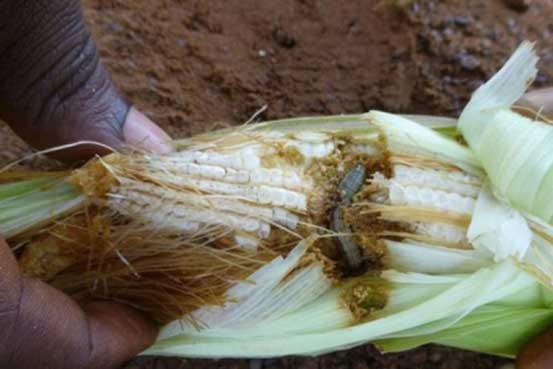×
The Standard e-Paper
Home To Bold Columnists

NAIROBI, KENYA: Silas Kiprono was expecting a bumper harvest from his 500 acres of maize field when the unexpected happened.
As he inspected his maize field one morning, he noticed rugged holes on the green succulent leaves.